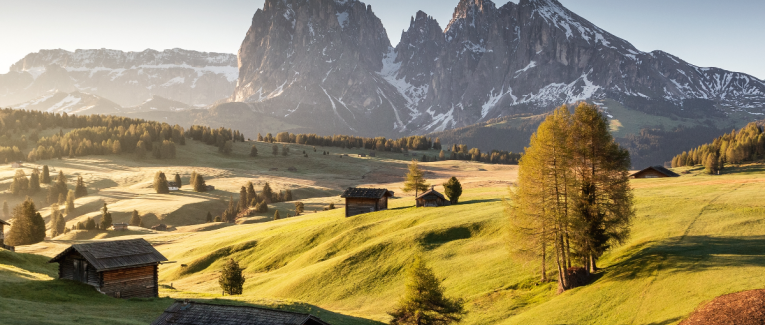
Where have all the objects gone in fiction?
 7 min
7 min
Where have all the objects gone in fiction?
When I chose to focus on space and objects in literature for this essay series, it occurred to me I couldn’t have chosen a less sexy topic. What comes to mind on this subject? Landscape descriptions by Jókai or Defoe, and rather boring at that—let’s admit it. But I’ve noticed that contemporary Hungarian literature seems to lack a built and material environment. When it does feature, it functions more as a setting than a narrative force in its own right. See, already this was starting to sound much more exciting to tackle.
“Own Death” by Péter Nádas opens with the narrator breaking habit and choosing to walk on the shady side of the street. His unusual use of space foreshadows the central theme of the story: a heart attack. Speaking of Nádas's work, in The Illuminated Details, material elements mark narrative boundaries: when the narrator stumbles across the neoclassical building that houses his grandfather’s workshop, for instance, this sparks a new memory, and therefore a new section.
Nádas is an exception in his use of materiality on the page. I don’t mean that others, like Attila Bartis or Andrea Tompa, don’t use space and objects intentionally, nor that there are no other "best practice" examples alongside Nádas. But there does not seem to be sufficient emphasis on our material environment, and when it does come up, it is usually treated as a kind of “necessary evil” in a narrative context. Fiction, of course, is first and foremost interested in humankind, not the environment. But our environment cannot be overlooked, since so often it impacts and defines us, and the way in which we give it a role can add color and depth to literary texts. After all, our objects and spaces are an extension of ourselves: civilization exists in so far as we humans exert change on the world around us.
I can only speculate why this is not given more attention in literature. It’s worth examining the recent past for this: despite the vibrant arts and crafts culture in our country at the end of the 19th century, the rise of socialism ushered in mass-produced products, which were favored over unique, handcrafted items. Socialist norms provided no framework for what makes an object valuable or why it might be important to care for the household; the focus was on producing as much furniture and apartment blocks as deemed necessary to maintain the illusion of social equality and well-being. Though several iconic items came out of this time, most of our possessions were knock-offs of Scandinavian products or imports from Czechoslovakia and the Soviet Union. This is also why objects from our everyday lives were never granted the same high-profile, collectible status as fine art, since the focus of applied arts was on mass production and solving the housing shortage.
Cultural factors may also account for why materiality has a low status. Hungarian material culture is rooted in the peasantry, rather than the elite, and has always been valued according to practicality. Peasant furniture was sturdy, since it was made and bought to last a life-time. But since Hungarians are particularly sensitive to price, a good manufacturer or designer was not deemed important. What matters is for our furniture to be as cheap as possible and for it to do its job. All that remains from stylish, practical furniture is the practical. This also explains why we smash newly refurbished bus stops and spray paint the facades of listed buildings. These are all ways of expressing our society's relationship with material culture.
You may be wondering, dear reader, why anyone should muse about this, or the need for more objects, buildings and landscapes in contemporary literature. You might be thinking that the decision to include these in prose is a stylistic choice just like a particular turn of phrase.
Over the last decade or so, a recent trend in literary theory grants spaces and objects on the page unprecedented importance, arguing that far from being decorative, they are in fact essential. Theorists of this new materiality explicitly urge authors to return to landscape descriptions, not quite like the Romantics, but more intentionally. Literature, they, say, is a tool for raising awareness and by incorporating material culture into their texts, they can use them to address contemporary issues. Nature is not subordinate to mankind, but equal and in order to stop climate change and man's destruction of the planet, it’s worth paying attention to our environment in literature. In fact, it’s even worth re-examining titles from earlier periods with this in mind. What do they mean? Part of Irene Solà's novel When I Sing, Mountains Dance, for example, is narrated by the mountains, which tell the story of bygone witch-hunts. Thomas Mann's Death in Venice can be understood as an extremely superficial city’s attack on humanity.
According to this new materiality, taking a material point of view is a particularly effective way to reframe reading, and not just writing, as a potential act of activism. It enables us to better grasp and ponder our own relationship to the environment and its impact on us. The message is that we humans are not at the summit of a pyramid built from human and non-human factors, but in fact embedded in an intricate web, as tied to surrounding spaces and objects as they are to us.
The underlying question here is: can social attitudes to materiality really be shaped such methods? Might fiction persuade us, for instance, to appreciate our environment more? And is it possible to take a more global perspective and treat literature as a form of activism? The answer remains to be seen. What is certain however, is that there is a pressing need for discourse on written materiality.
Translated by Anna Polonyi









 English
English
 Français
Français
 Deutsch
Deutsch
 Italiano
Italiano
 Español
Español



 Contribuer
Contribuer

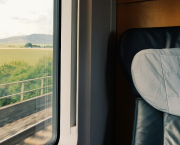

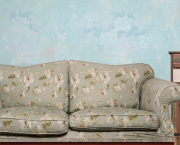




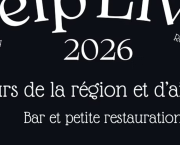


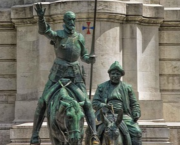
 Tu peux soutenir les auteurs qui te tiennent à coeur
Tu peux soutenir les auteurs qui te tiennent à coeur





